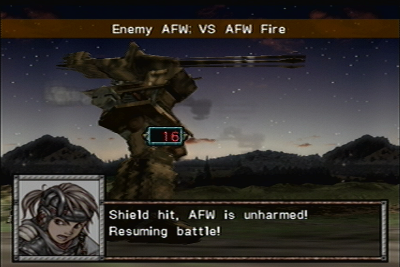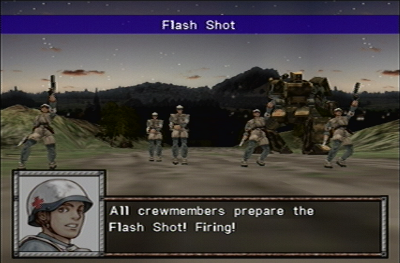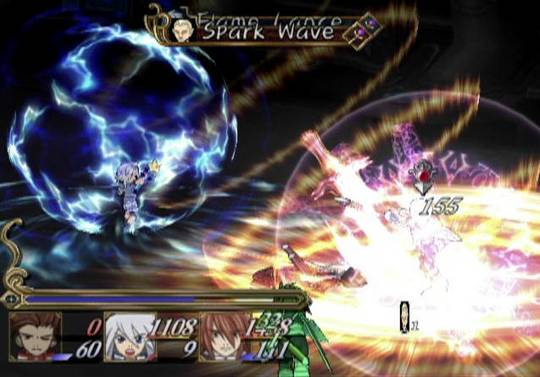Personas & Phantasies
Hey, it’s been awhile.
In the past several weeks, I have beaten two games that start with “P” and end with “4”.
First off is Persona 4, which is an excellent game. At this point I think it’s in the running for my favorite RPG ever. It is leaps and bounds beyond Persona 3, and far easier to stick with than many RPGs, since it uses the Social Link system and does not focus only on battles – though it also takes a bit longer than most to really get going.
Second is Phantasy Star 4, a Genesis classic which I have experienced for the first time on Virtual Console. It’s a bit rough by today’s standards, but it is a really nice game – the cutscenes, done in panels of drawings, are unique – the only game that comes close is Wild Arms 4’s random juggling of character positions and expressions. Overall, though, PS4 is a solid game, and is particularly good for anyone who enjoys a bit more sci-fi in their JRPG.
Some good news has trickled out of Japan, and I’m a bit excited about it.
The first piece is that that SaGa 2, AKA Final Fantasy Legend 2 over here, is getting remade for the DS. Here’s hoping Square localizes it! FFL2 is my favorite GB game by far, so I’m looking forward to seeing how (or if) they can improve it.
Second is that Persona 1 and Growlanser are being ported to the PSP. If both are localized, that makes four (!) great PSX RPGs that are available for PSP, and I may just have to finally get one – that doesn’t even count the Star Ocean 2 remake, which I haven’t heard much about yet.
I don’t know what’s more sad – that companies can make so much money off of reworking old games, or that I think these ports and remakes will be among the best games to come out in the next year – and I’m perfectly willing to buy them despite owning many of the originals.


